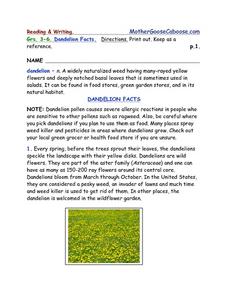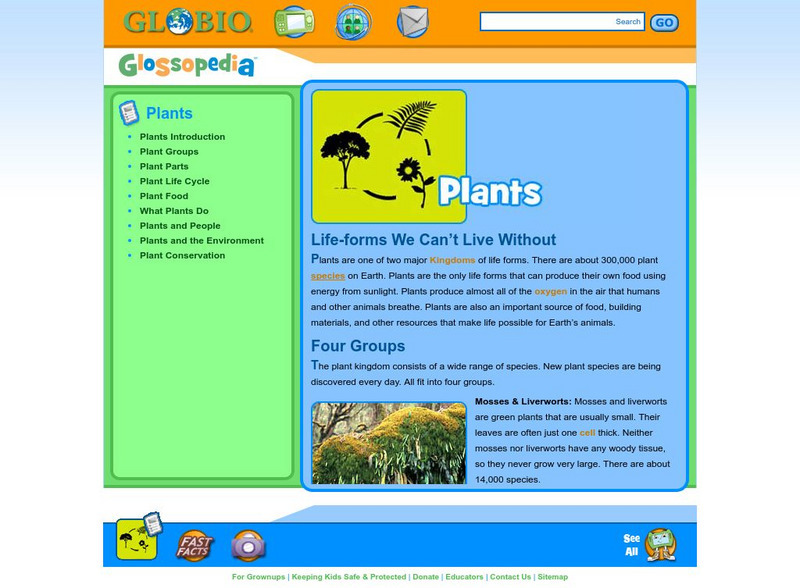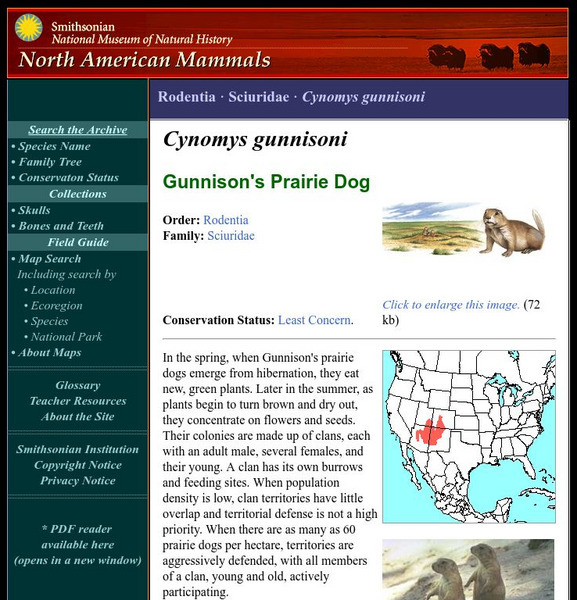Cornell University
Weed IPM
Go on a weed hunt! Scholars gain insight into the characteristics of plants and examine the outdoor environment in order to identify five different types of weeds. Learners then show what they know with a one-page reflection.
Curated OER
Bee Pollen Popular
The world would be a much different place without the help of pollinators. Read about the important role bats, hummingbirds, and various insects play in plant reproduction, exploring the interdependence of living things in an ecosystem....
Curated OER
Duck
In this ducks worksheet, students read information paragraphs about the habitat, reproduction, feeding and adaptation of ducks. Students study the photograph of the bird. There are no questions to answer here.
Curated OER
Dandelion Facts- Reading and Writing Worksheet Packet
In this set of worksheets about dandelions, students read the definition and 10 pages of facts about the common weed. They look at pictures that are related to the facts.
Other
Growing Carnivorous Plants
Do I need a terrarium? How do I stimulate seeds to germinate? Where can I buy a carnivorous plant? These questions and more are answered in this informative site.
Globio
Glossopedia: Plants
Plants are one of the two major Kingdoms of living creatures on the Earth. They are the only beings which produce their own food. Additionally, plants are necessary for animals to live. Plant anatomy, life cycle, reproduction and the...
Ohio State University
Ohio State University: Development From Seed to Plant
A thorough discussion of the environmental cues that can trigger germination and of the changes in structure that result. Charts, graphs, and links are also provided.
Other
Illinois State Museum: Prairie Ecosystems: Plant Adaptations
How are prairie plants able to survive fires? This site will explain how seed germination takes place after a prairie fire.
Other
Bcss: Grow Cacti & Other Succulent Plants From Seed [Pdf]
Learn how to grow cacti and other succulent plants from seed. Site deals with winter care of seedlings, insect pests, germination, and much more.
Michigan State University
Michigan State University: Botany Online: Features of Flowering Plants: Flowers
Site details the parts of the flower as well as provides links to terms such as seed, calyx, corolla and many more.
Texas A&M University
Tamu: Aggie Horticulture: School Gardens
Teachers and students interested in finding information on how to start a garden in their school will find this site very helpful. This site, sponsored by the Department of Horticulture Sciences at Texas A&M University, includes a...
Other
Rose Hills Foundation Conservatory for Biological Science
All about plants has information on plant parts--seeds, flowers, fruits, roots, and spores--and plant processes--seed dispersal, germination, pollination, and photosynthesis. You can also take a tour of this Los Angeles-based...
Smithsonian Institution
National Museum of Natural History: American Mammals: Gunnison's Prairie Dog
In the spring, when Gunnison's prairie dogs emerge from hibernation, they eat new, green plants. Later in the summer, as plants begin to turn brown and dry out, they concentrate on flowers and seeds. Learn more about the Cynomys...
Smithsonian Institution
National Museum of Natural History: American Mammals: Western Harvest Mouse
Western Harvest Mice are adaptable, widespread, and abundant, especially in meadows, prairies, old pastures, stream valleys, and marshes. They eat seeds, insects, and plants. Learn more about the Reithrodontomys megalotis, more commonly...











